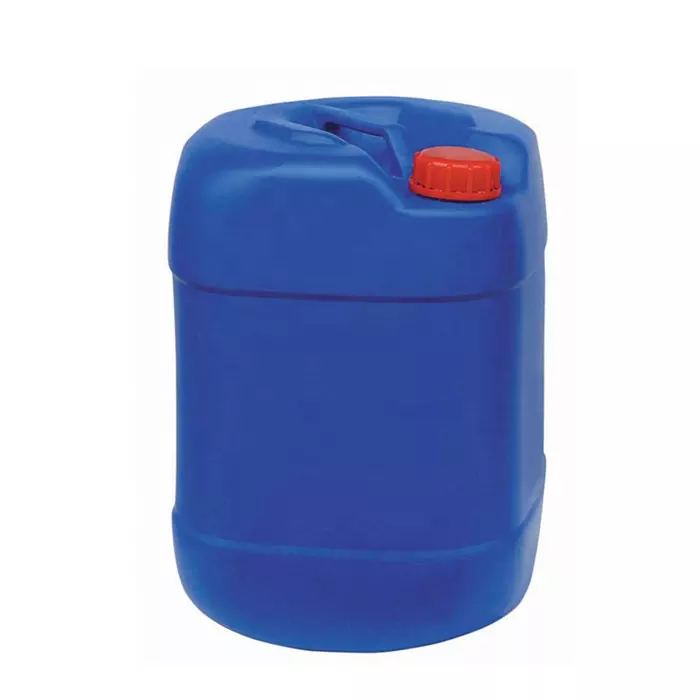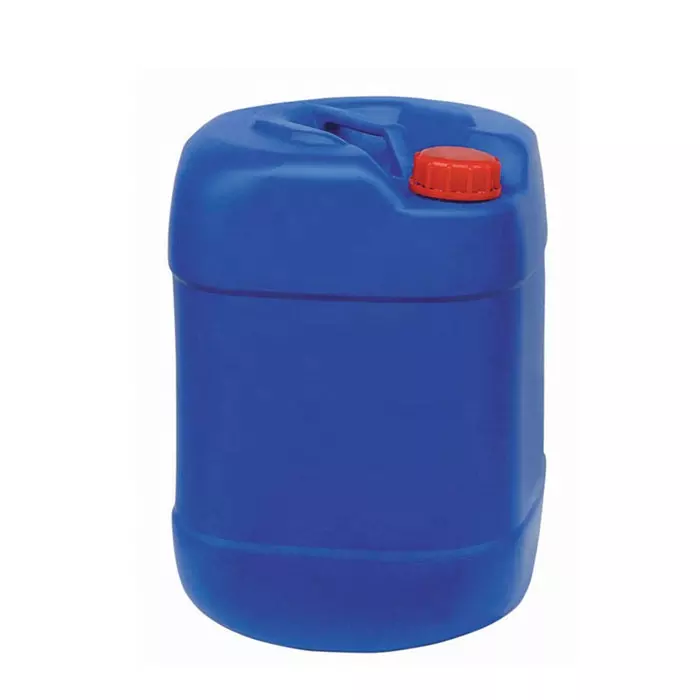Introduction
Morpholine is a versatile organic compound with the molecular formula C4H9NO. It is a cyclic secondary amine that contains a four-carbon ring with a nitrogen atom, making it structurally similar to piperidine and piperazine. Morpholine has a wide range of applications in various industries, including chemical synthesis, pharmaceuticals, and water treatment. This essay will discuss the chemical properties of morpholine, its applications, and the environmental considerations associated with its use.
Chemical Properties of Morpholine
Morpholine is a colorless, oily liquid with a mild, ammonia-like odor. It is miscible with water and most organic solvents, making it a useful solvent in various chemical reactions. Morpholine has a relatively high boiling point (128.5°C) and a low melting point (-3.2°C), which facilitate its purification and handling.
As a secondary amine, morpholine exhibits basic properties and can act as a weak base. It has a pKa value of 8.3, which means it can accept a proton from acids to form morpholinium ions. This property makes morpholine a valuable reagent in chemical synthesis, as it can be used to neutralize acids, catalyze reactions, and act as a nucleophile.
Applications of Morpholine
Chemical Synthesis: Morpholine is widely used as a reagent and solvent in chemical synthesis. Its basic properties make it an effective catalyst in various reactions, such as esterification, transesterification, and acylation. Morpholine can also act as a nucleophile in the formation of amides, imines, and other nitrogen-containing compounds.
Pharmaceuticals: Morpholine and its derivatives are important building blocks in the synthesis of pharmaceuticals. They are used in the production of various drugs, such as antibiotics, antifungals, and antidepressants. For example, the antifungal drug amphotericin B contains a morpholine moiety that enhances its solubility and bioavailability.
Water Treatment: Morpholine is used as a corrosion inhibitor in water treatment systems. It forms a protective film on metal surfaces, preventing the corrosive action of water, oxygen, and other chemicals. Morpholine is particularly effective in neutralizing acidic conditions, making it suitable for use in cooling water systems, boilers, and steam condensate lines.
Paints and Coatings: Morpholine and its derivatives are used as additives in paints and coatings to improve their performance and durability. They can act as dispersants, wetting agents, and emulsifiers, enhancing the stability and application properties of paint formulations.
Environmental Considerations
While morpholine has numerous useful applications, its production and use can have environmental implications.
Emissions and Waste: The production of morpholine can generate emissions and waste containing volatile organic compounds (VOCs), nitrogen oxides (NOx), and other pollutants. Proper emission control and waste management practices are essential for minimizing the environmental impact of morpholine production.
Aquatic Toxicity: Morpholine is relatively toxic to aquatic organisms, with a low LC50 value (the concentration that kills 50% of test organisms) for fish and invertebrates. This toxicity can pose risks to aquatic ecosystems if morpholine is released into the environment through industrial effluents or accidental spills.
Biodegradation and Persistence: Morpholine is biodegradable under aerobic conditions, which means it can be broken down by microorganisms in the environment. However, its biodegradation rate can be slow, and it may persist in the environment for extended periods, particularly under anaerobic conditions.
Conclusion
Morpholine is a versatile organic compound with a wide range of applications in chemical synthesis, pharmaceuticals, water treatment, and paints and coatings. Its unique chemical properties, such as its basicity and solubility, make it a valuable reagent and solvent in various industrial processes. However, the environmental considerations associated with its production and use, such as emissions, aquatic toxicity, and persistence, necessitate responsible management practices. By understanding the roles and implications of morpholine, we can better navigate the challenges and opportunities it presents in various industries.
Recommended Related Reading:
Toyocat DT strong foaming catalyst pentamethyldiethylenetriamine Tosoh
Toyocat MR Gel balanced catalyst tetramethylhexamethylenediamine Tosoh




